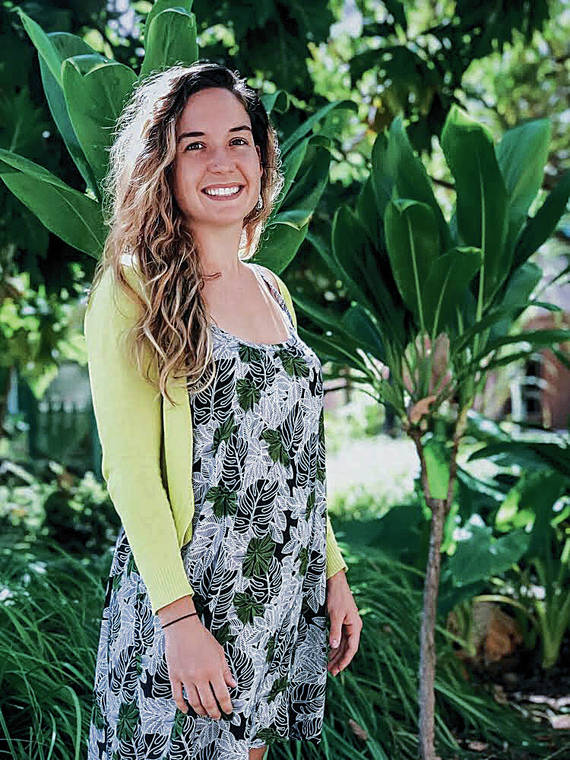It is well documented that Native Hawaiians experience significant disparities in our state. And reflecting on the recent Prince Kuhio Day, I feel especially perturbed. I keep thinking about a friend, Christen, whose original plan was to be an architect in San Francisco. After she started having dreams of her great-grandmother leading her back to Hawaii, she left her architecture firm and came home. She started working in the Kokua Kalihi Valley Roots Program and farming at Ho‘oulu ‘Aina.
And she’s not the only one.
While hard to get Native Hawaiian disaggregated data, the USDA Census of Agriculture Hawaii State Level data reports the number of farm producers who are Native Hawaiian or Other Pacific Islanders (NHOPI), alone or in combination with other races, have been increasing over time. What’s interesting is that while the number of farms being run by NHOPI is growing, the acreage of land owned by them is not.
In fact, it’s decreased. And the number of acres being rented or leased by NHOPI has increased.
Prince Kuhio Day on March 26 reminded us of his Hawaiian Homes Commission Act, which was intended to return Native Hawaiians to their land and encourage farming. The same week, legislators were passing legislation that would “extend certain leases of public lands for commercial, industrial, resort, mixed-use or government use.” Lands that are meant for the betterment of Native Hawaiians.
Christen thoughtfully shared her story with me. She grew up feeling shame for her Hawaiian heritage and internalized stereotypes. While planning to be an architect on the mainland, she pivoted and answered her ancestors’ call home. She is now working to design food hubs in low-income communities. Now, she seeds the land and sees growing food as a way to overcome her childhood pain. And her first time cultivating land, she found she already knew how. Her ancestral memories showed her the way.
Spiritually, physically and emotionally, Native Hawaiians are connected to this state both as their homeland and as a central part of their identity. Connection and access to land is a strong determinant of health for indigenous people. Land access provides ways to improve health by strengthening identity, increasing access to traditional foods, and boosting physical activities. Christen gets to share ‘ulu with the community and knows how popular these traditional foods are. In fact, the high demand for traditional crops is challenging to meet. Christen thinks one of the problems is that young Hawaiian farmers are worried about affording expensive land leases.
Christen is doing her best to honor her land and ancestors, but is worried about finances and supporting a future family. She believes holding a job to support part-time farming might be one solution. She’s happy to lease land if she can grow food the way she wants, but acknowledges by birthright, the land belongs to Native Hawaiians.
And legally, it is still their land. The Apology Resolution, Pub. L. No. 103-150, states that Native Hawaiians never gave up their land independence. And too many Native Hawaiians are not surviving. In 2017, the U.S. Department of Housing and Urban Development stated 39% of the state’s houseless people are Native Hawaiian.
Want to help the Native Hawaiian people?
Express your opposition to House Bill 499/Senate Bill 257 Relating To Lease Extensions On Public Land, by writing testimony to our legislators. Instead of passing this bill, we could call on our representatives to honor Prince Kuhio’s commitment to Native Hawaiians and increase access to housing and land. A land investment in Native Hawaiians is a vital public health measure.
It’s not a whole solution, but it is a start.
Nicole Kahielani Peltzer is an East-West Center graduate-degree fellow pursuing her master’s in public health policy and management at the University of Hawaii-Manoa.

